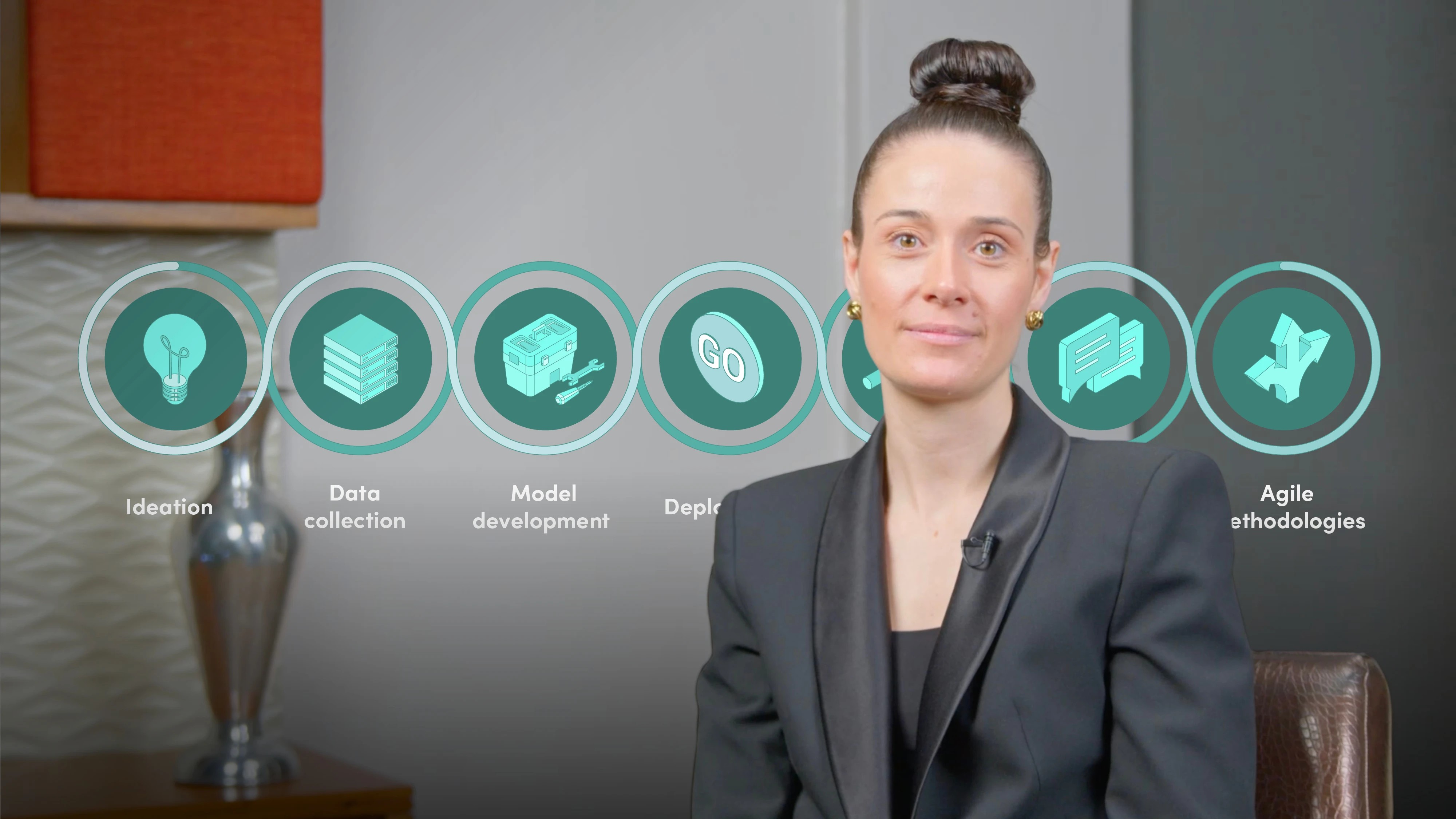
Our Human Value in the Age of AI

Emily Yang
Human-Centred AI (HCAI) Specialist
Discover how human-AI collaboration creates better outcomes than either alone. Join Emily Yang and learn how inclusive design, social impact metrics, and human oversight ensure AI strengthens human judgment, empathy, and trust across every stage of development.
Discover how human-AI collaboration creates better outcomes than either alone. Join Emily Yang and learn how inclusive design, social impact metrics, and human oversight ensure AI strengthens human judgment, empathy, and trust across every stage of development.
Subscribe to watch
Access this and all of the content on our platform by signing up for a 7-day free trial.

Our Human Value in the Age of AI
16 mins 59 secs
Key learning objectives:
Understand how human-AI collaboration outperforms either humans or machines alone
Understand the risks of excluding diverse stakeholders in AI development
Outline methods for measuring the social impact of AI systems
Outline practical principles to design AI that enhances human agency
Overview:
Subscribe to watch
Access this and all of the content on our platform by signing up for a 7-day free trial.
Subscribe to watch
Access this and all of the content on our platform by signing up for a 7-day free trial.

Emily Yang
There are no available Videos from "Emily Yang"













